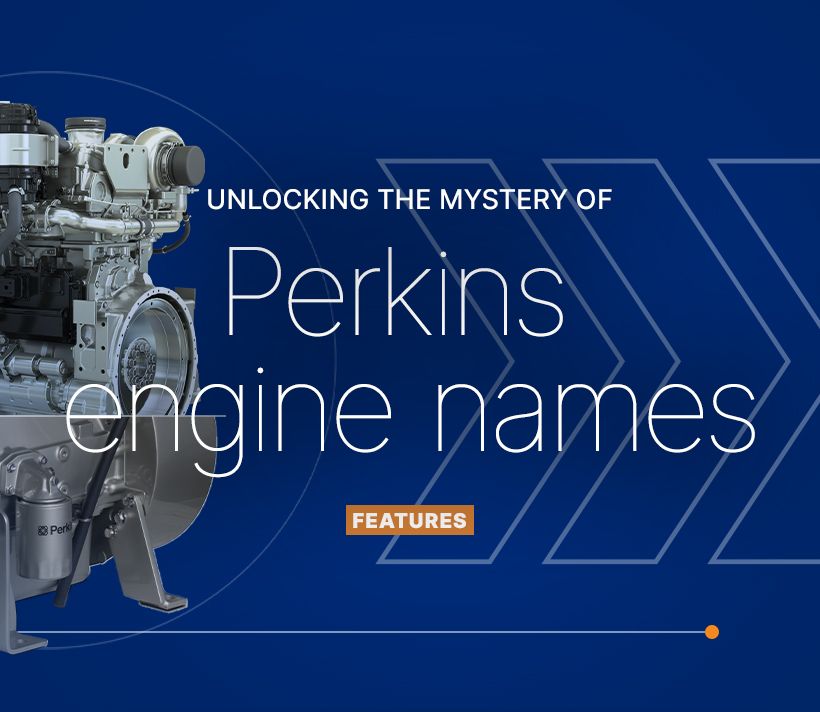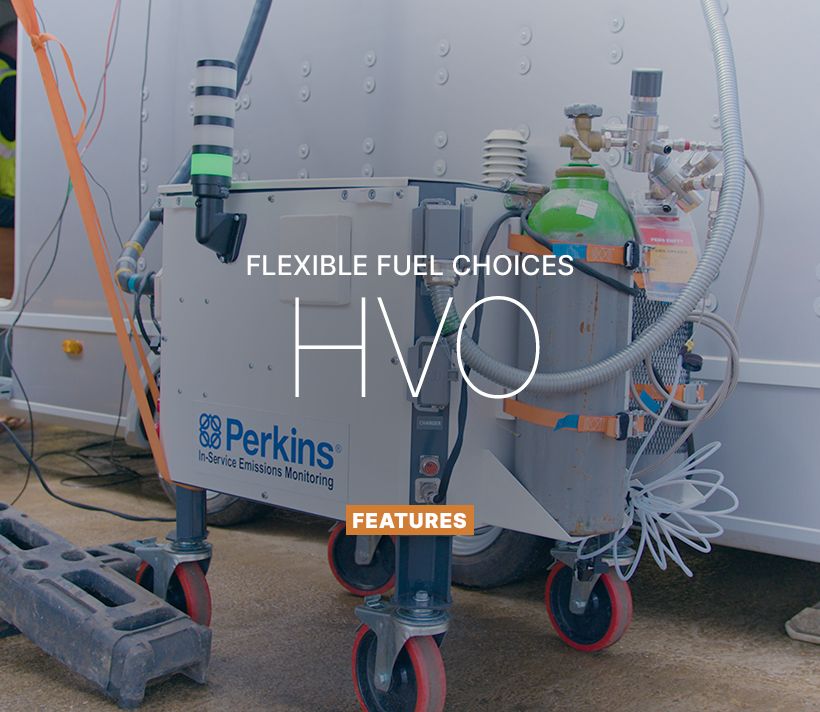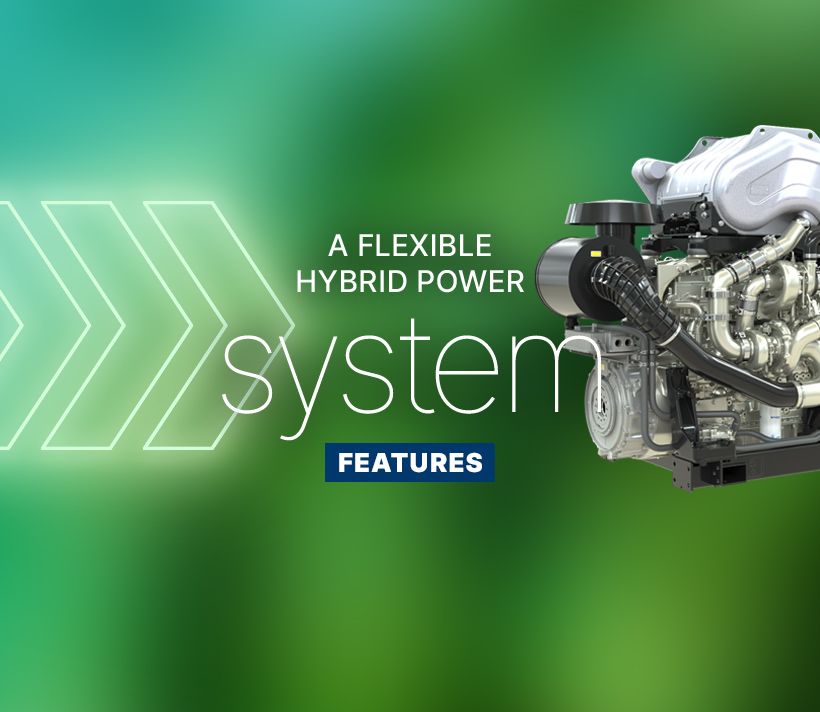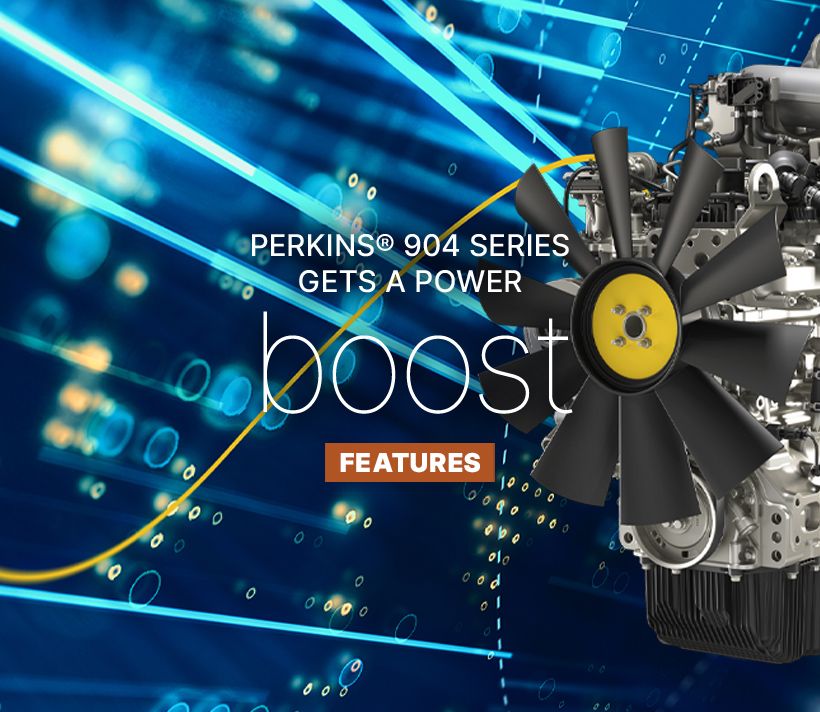As well as offering a broad range of engines which meet the stringent EU Stage V and U.S. EPA Tier 4 Final emission standards, Perkins’ long-standing commitment to sustainability and support for customers during the energy transition to a lower-carbon future means its engines have for many years been capable of running on a range of renewable and low carbon intensity fuels1.
Renewable fuels are derived from renewable resources such as planted crops (soy, palm, rapeseed, etc.), used cooking oil, animal fat, biomass, algae, and others. They reduce the carbon footprint of diesel engines on a Life Cycle Analysis basis. Renewable fuels that are derived from fats and oils may be processed through hydrotreating. The result is a high paraffinic renewable diesel (RD), also called hydrotreated vegetable oil (HVO), that can be used in diesel engines.
The performance of HVO is similar to regular diesel, but it reduces the carbon footprint associated with operating the engine and can lower nitrogen oxide (NOx) and particulate matter (PM) under certain conditions. Its chemical similarity to diesel means that the machine’s power output and uptime are not compromised when introducing HVO as an alternative, and it can also be blended with diesel.
Biomass and syn gas can also be converted into liquid fuels through various processes and their products are typically know as biomass-to-liquid (BTL) or gas-to-liquid (GTL). Depending on the original feedstock these products maybe renewable. BTL, GTL and HVO have similar chemistries and performance specifications, and all can be used in diesel engines.
Low carbon intensity (LCI) fuels are typically paraffinic hydrocarbons, hence these fuels, whether at 100% or blended, can be used as drop-in replacements for diesel fuel. These fuels have many benefits:
To be applicable for Perkins’ diesel engines, it’s recommended that renewable and low carbon intensity fuels meet the latest version of any of the following specifications:
Renewable and low carbon intensity fuels that meet the requirements listed above can be used at:
Here’s some guidance and potential impacts for the use of renewable and low carbon fuels according to the specifications detailed above:
The use of fuels with low carbon footprints supports Perkins’ sustainability initiatives.
Perkins is continuously following the development of renewable and low carbon intensity fuels, and is involved in the development of appropriate specifications to ensure the successful application of these fuels in Perkins engines.
1 Contact your Perkins distributor or reference your engine’s Operation and Maintenance manual to confirm the fuel compatibility and specification requirements for your engine.
2 See your engine’s Operation and Maintenance manual for specific biodiesel limits on your engine.
Who keeps the lights on when the grid can’t? The power generation sector, of course. In the UK, its interests are represented by The Association of Manufacturers and suppliers of Power generating Systems (AMPS) – whose new director general, Alan Beech, came into post earlier this year.
Learn MoreHave you ever looked at the name of a Perkins engine and wondered what all those numbers and letters actually mean? If so, you’re certainly not alone. But rest assured the nomenclature is anything but random.
Read moreOne alternative fuel option we’ve researched heavily and have accommodated in our diesel engines for more than a decade is hydrotreated vegetable oil (HVO) – which must meet the EN 5940 standard – with the Perkins® 400 to 5000 Series able to use up to 100% HVO.
Read moreIn part two of our spotlight on marine we talk with Ben Lewis commercial manager, Dave Wood, application and tech support team lead and Stuart Phillipson, marine application and tech support to find out more about what’s in development for the marine range.
Read moreWhy stick to one fuel, when you can have a configurable power system?
Read moreMore than just a curiosity, they offer us different routes to future food security.
Read morePerkins marine engines has an illustrious history. Meet the team behind the brand.
Read morePower systems, services and technologies engineered for efficiency, productivity and fuel flexibility will be on show.
Read moreDelivering dependable prime and standby solutions with the 13 litre 2606 and a 46 litre 5012.
Read morePerkins has announced a power uplift to the popular 3.6 litre variant.
Read morePerkins rental industry commitment continues to grow.
Read moreSupporting the STEM development of future generations.
Learn MorePart 2 of our three part interview series with Perkins’ Dave Robinson.
Read more












